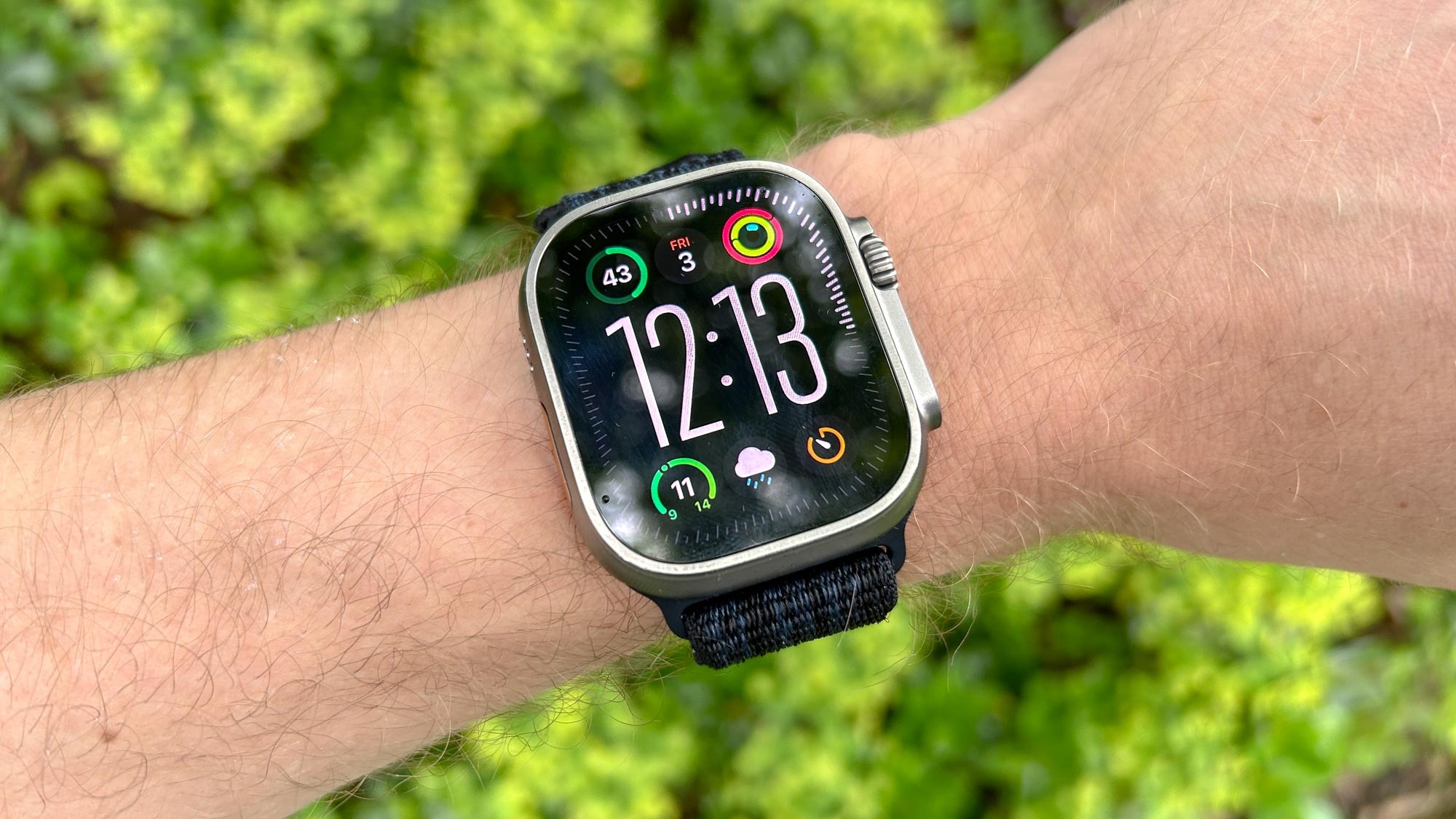In Toledo, Ohio, last summer, 50-year-old Derick Gant was pushing his limits, skipping rope in his front yard to set a new personal best. Feeling strong after surpassing his goal of a minute, the heart medication user suddenly collapsed, unable to move his left arm or leg. His Apple Watch, sensing the fall, flashed an alert asking if he needed assistance. Initially, Derick dismissed it, hoping he’d bounce back. But as his condition worsened, he used the watch to contact emergency services with a single tap.
Ambulance crews, recorded by his doorbell camera, arrived swiftly and took him to the hospital. There, doctors diagnosed an ischemic stroke, a dangerous condition that cuts off brain oxygen and can lead to permanent harm. The stroke hit his motor cortex, causing his loss of limb movement. The Apple Watch’s quick fall detection and alert to his emergency contacts ensured help arrived fast, likely sparing him from severe consequences.
Derick’s experience shows how vital wearable tech can be, even for healthy, active people. With tools like fall detection and instant SOS calls, the Apple Watch acts as a safety net in sudden health emergencies. Derick now encourages others to wear smartwatches, emphasizing how they can make a life-saving difference when time is critical.
